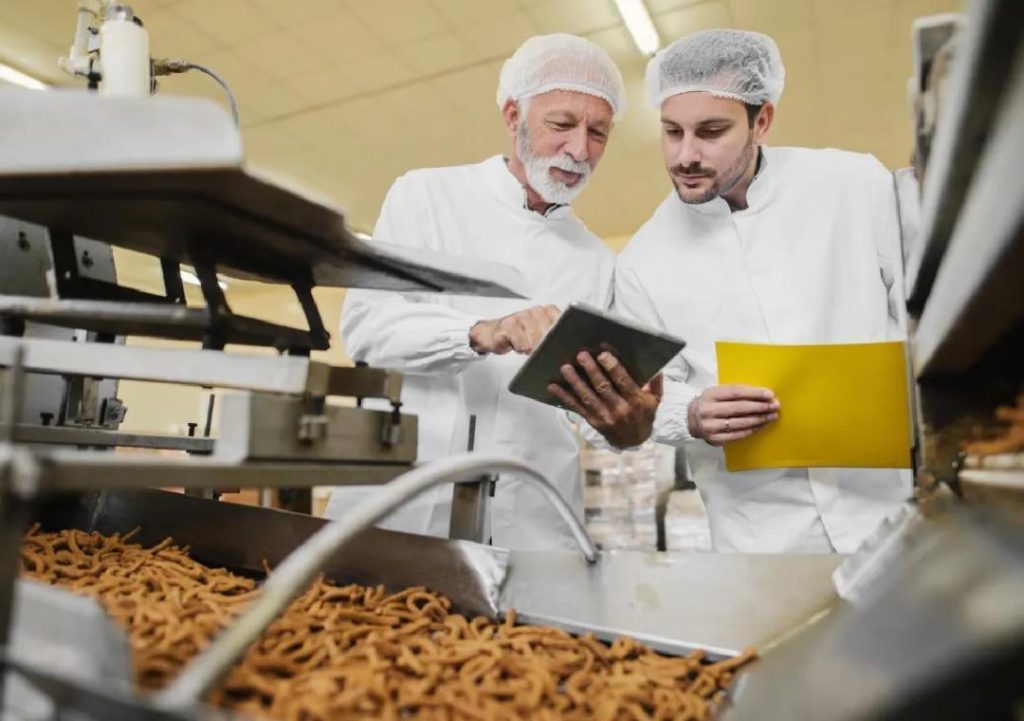
Can P&L Optimisation Refine Success in Food Technology?
The food technology industry is witnessing a significant shift, driven by the need for improved profitability and sustainability. To achieve this, companies are adopting innovative approaches to optimise their profit and loss (P&L) operations. By leveraging automation, smart inventory systems, and data analytics, food tech businesses are cutting waste, sharpening demand forecasting, and making better decisions. As a result, they are boosting margins, ensuring sustainable growth, and staying competitive in the industry.
The P&L optimisation journey begins with a thorough analysis of a company’s financial performance. This involves examining revenue streams, cost structures, and profit margins to identify areas for improvement. By streamlining operations, food tech companies can reduce waste, eliminate inefficiencies, and allocate resources more effectively.
One of the key areas of focus is inventory management. Smart inventory systems use data analytics and machine learning algorithms to predict demand, optimise production, and reduce stockouts or overstocking. This not only saves costs but also ensures that products are available when customers need them. According to a study by McKinsey, companies that use advanced analytics to manage their inventory can reduce costs by up to 50%.
Another critical aspect of P&L optimisation is demand forecasting. By leveraging data analytics and machine learning, food tech companies can predict demand patterns, identify trends, and make informed decisions about production and supply chain management. This enables them to avoid overproduction, reduce waste, and ensure that products are available when customers want them.
In addition to inventory management and demand forecasting, P&L optimisation also involves optimising recipes, formulations, and packaging. Food tech companies can use data analytics to identify the most profitable products, optimise ingredient usage, and reduce packaging waste. This not only saves costs but also helps to reduce the environmental impact of food production.
The benefits of P&L optimisation are numerous. By streamlining operations, food tech companies can reduce costs, improve profitability, and ensure sustainable growth. They can also make better decisions, respond quickly to changing market conditions, and stay competitive in the industry.
To achieve P&L optimisation, food tech companies can adopt a range of strategies. These include:
- Implementing automation and robotics to streamline production and reduce labour costs.
- Investing in data analytics and machine learning to improve demand forecasting and inventory management.
- Optimising recipes, formulations, and packaging to reduce waste and improve profitability.
- Implementing lean manufacturing principles to reduce waste and improve efficiency.
- Collaborating with suppliers and partners to reduce costs and improve supply chain efficiency.
The journey to P&L optimisation is not without its challenges. Food tech companies may need to invest in new technologies, train staff, and change their business culture. However, the benefits of P&L optimisation are well worth the effort.
In conclusion, P&L optimisation is a critical component of success in the food technology industry. By streamlining operations, reducing waste, and improving profitability, food tech companies can ensure sustainable growth, stay competitive, and achieve their business goals. As the industry continues to evolve, P&L optimisation will play an increasingly important role in determining the success of food tech companies.
Source:
https://www.growthjockey.com/blogs/p-and-l-operations-in-food-tech






